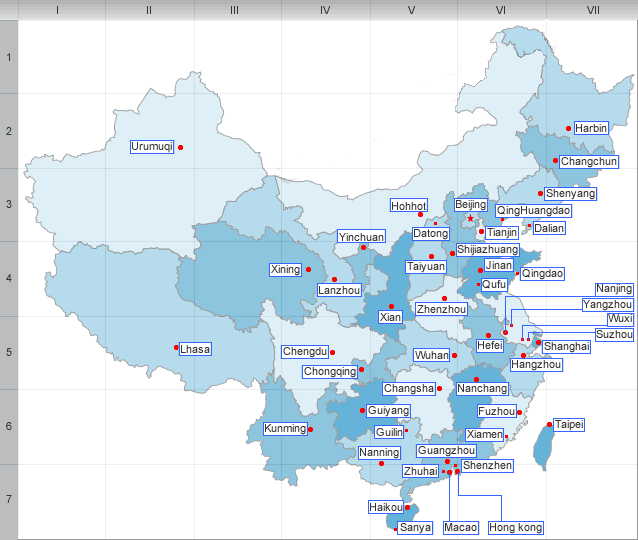Subdivisions and Architecture of bBeijing
Subdivisions
Beijing Municipality comprises 18 administrative sub-divisions, county-level units governed directly by the municipality (second-level divisions). Of these, 16 are districts and 2 are counties.
The urban and suburban areas of the city are divided into eight districts: Dongcheng District , Xicheng District, Chongwen District, Xuanwu District,Chaoyang District,Haidian District,Fengtai District and Shijingshan District.
The following six districts encompass the more distant suburbs and satellite towns, constituting part of the metropolitan area:Mentougou District, Daxing District, Fangshan District, Shunyi District, Thongzhou District and Changping District.
The other two districts and the two counties located further out govern semirural and rural areas: Pinggu District, Huai’rou District, Yanqing County and Miyun County.
Beijing’s 18 districts and counties are further subdivided into 273 lower (third)-level administrative units at the township level: 119 towns, 24 townships, 5 ethnic townships and 125 subdistricts.
Architecture
Three styles of architecture predominate in urban Beijing. First, the traditional architecture of imperial China, perhaps best exemplified by the massive Tian’anmen, which remains the PRC’s trademark edifice, the Forbidden City, and the Temple of Heaven. Next there is what is sometimes referred to as the "Sino-Sov" style, built between the 1950s and the 1970s, which tend to be boxy, bland, and poorly made. Finally, there are much more modern architectural forms — most noticeably in the area of the Beijing CBD.
| PREV:Economy of Beijing | Next:Ethnic group and Stereotypes of Beijing |



